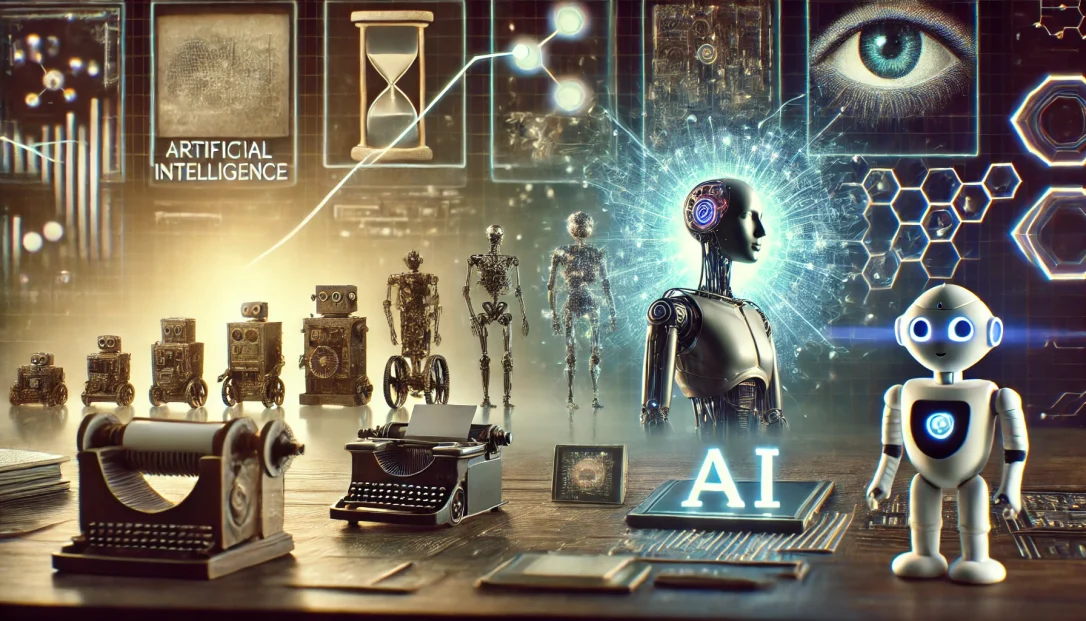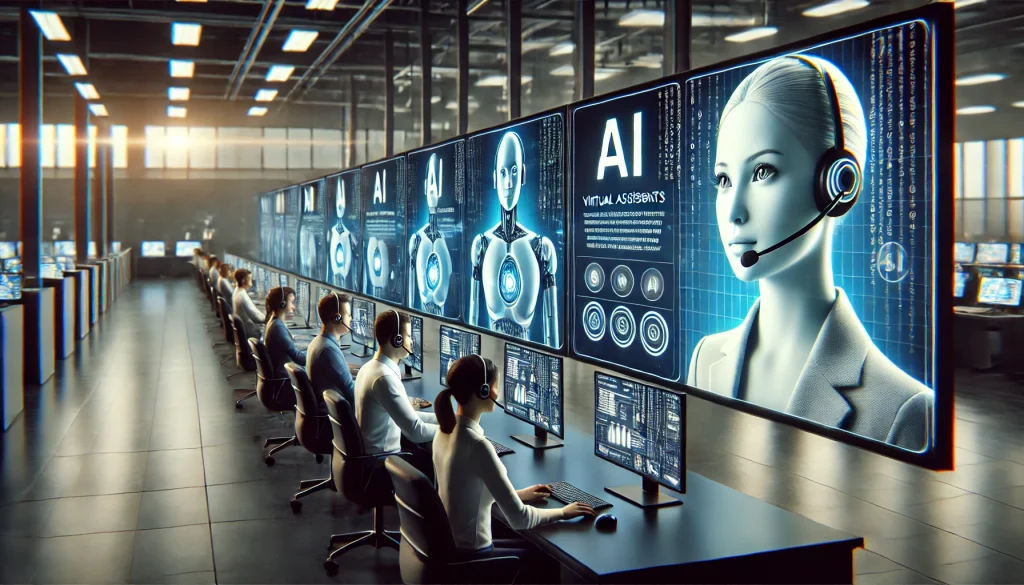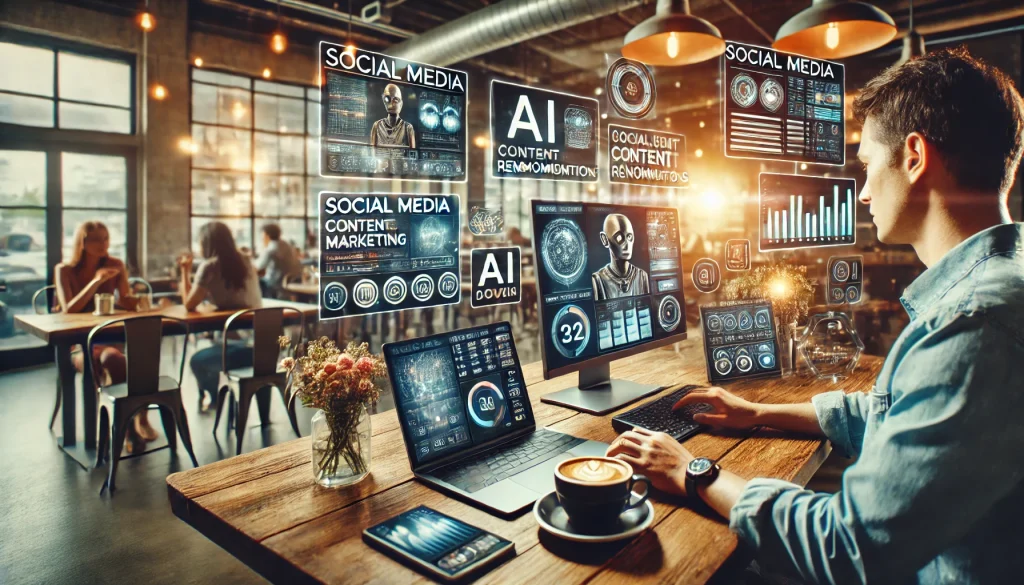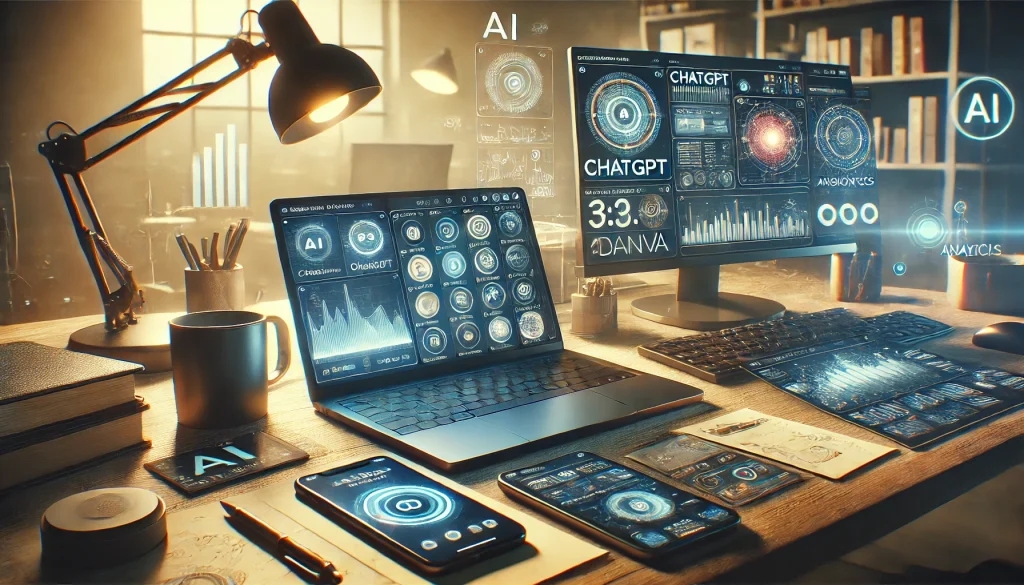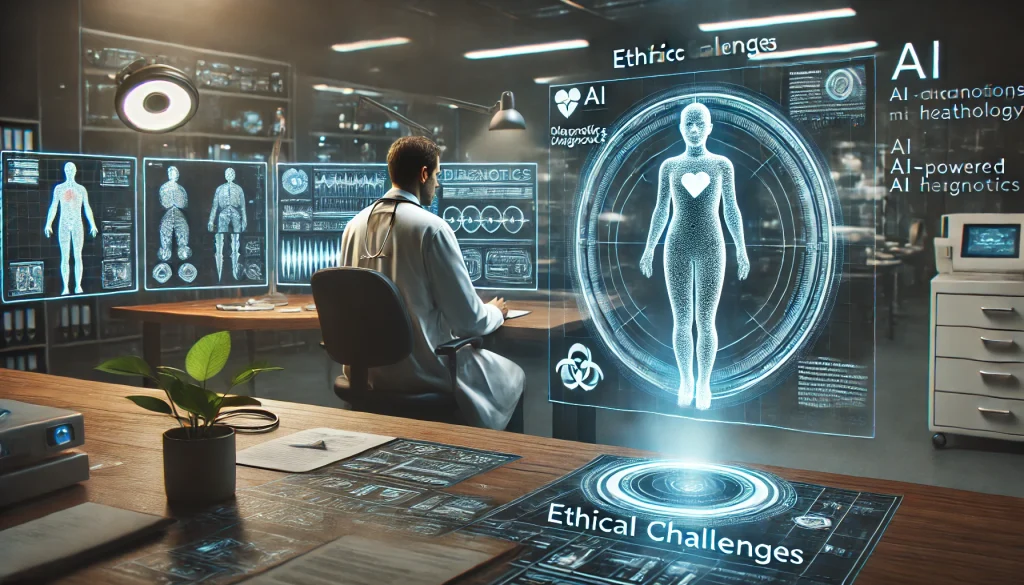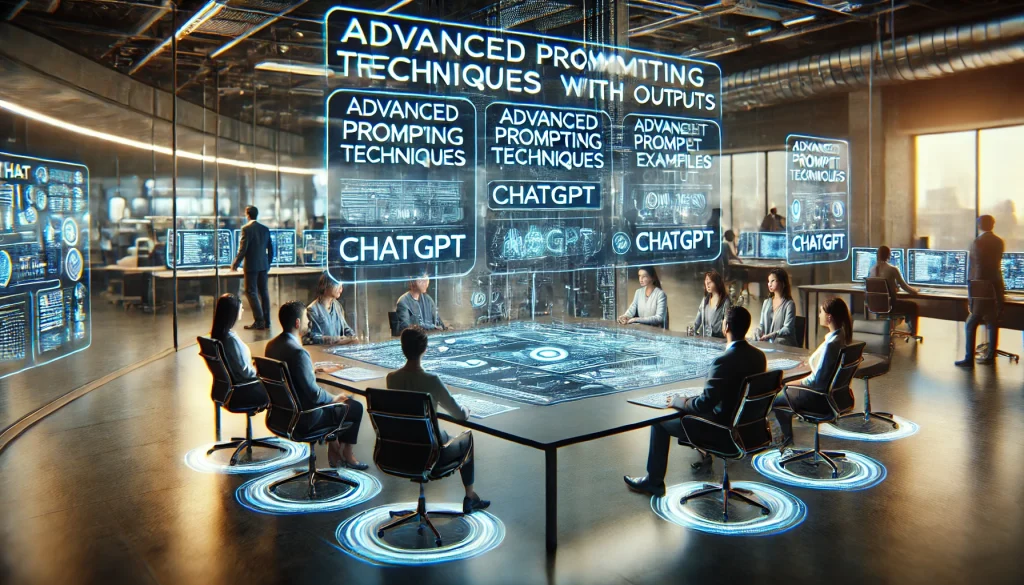Introduction
Artificial Intelligence (AI) has taken a fascinating journey from an idea in science fiction to a transformative technology shaping our world today. AI’s history is marked by early visions of intelligent machines, breakthroughs in computing, and modern advancements that make tools like ChatGPT possible. Let’s dive into the key milestones that have brought AI from concept to reality.
1. The Origins of AI – Dreams of Intelligent Machines
AI has roots in myths, literature, and early philosophy, where humans imagined machines with human-like intelligence.
- Ancient Myths and Machines: Greek mythology introduced ideas of automated beings, like Hephaestus’ mechanical servants.
- Philosophical Beginnings: Philosophers like René Descartes pondered the idea of mechanical minds, leading to questions about human consciousness and the potential for machine intelligence.
Key Insight: The fascination with creating intelligent beings isn’t new—it dates back centuries.
2. The Birth of AI as a Field of Study – The 1950s
The 1950s marked the official beginning of AI research, transforming it from imagination into a scientific field.
- The Turing Test (1950): Alan Turing proposed a test to determine if a machine could exhibit human-like intelligence, laying the groundwork for evaluating AI.
- Dartmouth Conference (1956): This conference, led by pioneers like John McCarthy, introduced the term “Artificial Intelligence” and aimed to explore machines that could simulate human intelligence.
Fun Fact: The term “Artificial Intelligence” was coined at the Dartmouth Conference, sparking a research revolution.
3. The “AI Winter” – High Expectations and Challenges (1970s)
The initial excitement around AI met with challenges as the limitations of technology became evident.
- Early Limitations: AI systems of the time struggled with complex tasks and required vast resources.
- The AI Winter: Funding cuts and stalled progress led to the “AI Winter,” a period where interest in AI declined due to unmet expectations.
Takeaway: Early AI couldn’t keep up with the hype, but persistent research kept the field alive.
4. The Rise of Machine Learning – 1990s and Beyond
AI experienced a resurgence in the 1990s with new methods like machine learning, enabling systems to learn from data rather than following fixed rules.
- Neural Networks: Inspired by the human brain, neural networks allowed AI to recognize patterns in data.
- Internet Boom and Big Data: The internet explosion provided a massive amount of data, perfect for training AI models.
Impact: Machine learning became the foundation of modern AI, making today’s applications possible.
5. The Era of Deep Learning – A New Wave of AI Breakthroughs (2010s)
Deep learning transformed AI, enabling breakthroughs in computer vision, language processing, and more.
- Convolutional Neural Networks (CNNs): Revolutionized image recognition, leading to facial recognition and object detection advancements.
- Language Models: Deep learning made tools like ChatGPT possible by allowing models to understand and generate human language.
Game Changer: Deep learning created AI models that could “see” and “understand” the world with unprecedented accuracy.
6. The Age of Transformers and Language Models (2020s)
Today’s AI is powered by transformers—models that excel in language tasks and support tools like ChatGPT.
- Introduction of Transformers: The transformer architecture, introduced in 2017, became the backbone of modern language models like GPT.
- Applications of Large Language Models: ChatGPT, built on transformer technology, allows for natural language processing tasks, transforming content creation, customer support, and beyond.
Future Potential: With advancements in transformers, language models continue to push the boundaries of AI’s capabilities.
Conclusion: AI’s Journey from Concept to Reality
AI’s evolution from a concept in early myths to the reality of ChatGPT reflects humanity’s drive to innovate. Each stage—from early dreams of mechanical beings to the development of advanced models—has brought us closer to an AI-powered future. As we look ahead, AI’s potential continues to expand, promising new possibilities and insights.

